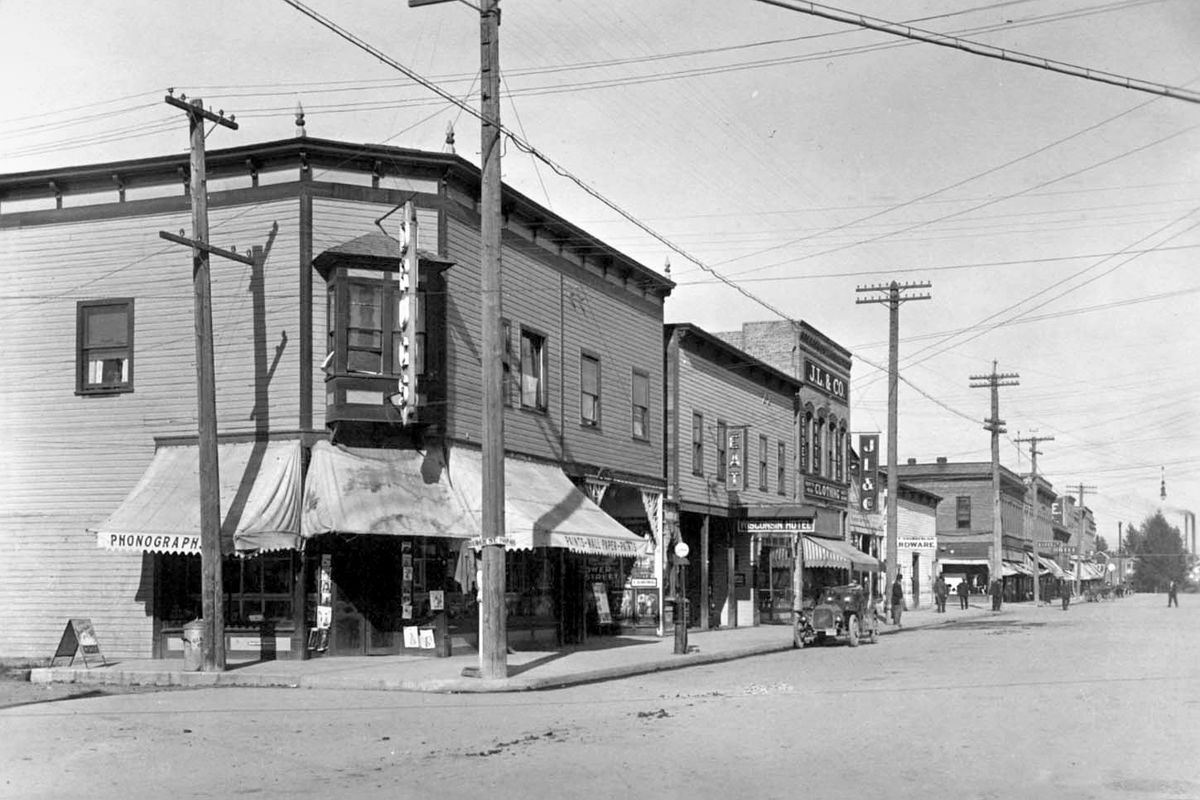Then and Now: Sandpoint once called a ‘wretched hole’

Sandpoint is known today as a tourism destination for skiers, hikers and fishermen. But for the last century, it was an important railroad stop and a center of logging and milling.
Following the explorations of David Thompson in 1809, the Lake Pend Oreille community was simple frontier settlement. And before white men arrived, it was Kamanquku, the name given by people from the Kootenai Tribe, meaning “sand all around.”
The Kootenai and Kalispel people built seasonal villages there to fish and pick huckleberries. An early visitor was William Adolph Baillie-Grohman, an Austrian aristocrat who loved to hunt and write about his adventures. He traveled the Northwest, hunting, writing and pioneering parts of the Kootenay region of Canada in the 1870s and 1880s.
Baillie-Grohman called Sandpoint “this wretched hole, one of the tough towns in the tough territory of Idaho, where shooting scrapes and hanging bees were common events.” In the 1880s, Baillie-Grohman said, on the railroad payday, almost every male in town headed to one of the six “whiskey dens” to get drunk. “I knew Sandpoint, known also as Hangtown, could hold its own for depravity,” he said.
Before he was president, Theodore Roosevelt noted the lawlessness when he visited on a hunting trip in the 1880s. Eventually, vigilante hangings abated and the rule of law arrived. Sandpoint, the Bonner County seat, incorporated in 1898. The world’s longest wooden bridge, spanning the mouth of the Pend Oreille River, was completed in 1910, shortening the trip to Coeur d’Alene and points south.
Roosevelt told Idaho Sen. William Borah in 1911, “I remember the town of old and it will really give me much pleasure to speak there and tell them of the difference I have seen in my time.”
– Jesse Tinsley